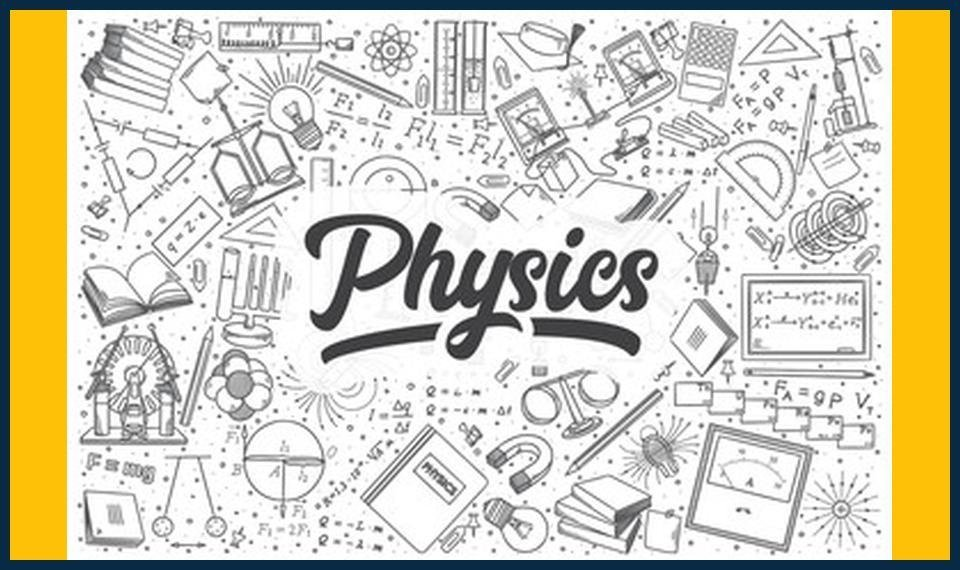![]()
In the academic world, it’s uncommon to find a student willing to pay for education solely for the joy of learning. More often than not, there’s a purpose behind the tuition – an exam, a series of exams, and ultimately, a qualification. This qualification may be the end goal or a stepping stone to the next, but one thing remains constant: every student aims to excel.
As a tutor, I frequently hear students expressing frustration with a common dilemma: “I understand the subject, but I don’t know how to answer the exam questions.” While a careful probe usually reveals minor knowledge gaps, another common truth is that schools and colleges often lack the time to cover both exam techniques and subject matter in depth.
Examining marked papers for two boards over the years has shown two recurring issues that can impact a student’s score. The most disheartening is an empty answer line, but a close second is an answer filled with accurate information that fails to address the question posed.
For instance, an exam question might ask students to compare and contrast two features, A and B. A student might provide perfectly accurate information about each feature, but if they don’t compare and contrast the features as required, they receive no marks. A comparison should outline the similarities and differences between A and B, and to contrast, the student should explicitly state what A has that B does not, and vice versa. The student’s answer may contain the information, but it’s not the examiner’s job to piece together their intended meaning.
Insufficient exam practice is another factor that can lower a student’s score. Modern exams often include leveled response questions worth 6-9 marks, and level-graded essays. Writing irrelevant or incorrect information can limit the grades that can be achieved.
For example, to score beyond level 1 (maximum two marks), students must refer to the quoted Figure 16.3. To achieve a maximum of six marks, they need to discuss the correct type of mutation, refer to the figure, and discuss more than one level of protein structure. If a student writes extensively about mutations in general, they will lose marks because they will include mutations that are not relevant to the question asked, which can drop them down within the level they achieve.
Moreover, students often overlook the nuances within question wording. Words like “use” and “refer” are designed to direct the student’s attention to specific elements. When asking for protein structure, the plural “levels” is used, signaling that more than one level must be discussed.
When to introduce exam questions during tutoring sessions depends on the student’s comfort level with the subject matter. If the student demonstrates a strong grasp of the subject, starting with some exam questions can help gauge their comfort level and identify any areas that need review before moving forward.
Introducing questions at the end of each subtopic can also be beneficial. This reinforces the content while it’s still fresh and can boost student confidence. Simpler recall questions, such as “describe,” “state,” “name,” etc., are particularly useful for pinpointing areas that need more work.
In conclusion, mastering exam techniques is crucial for achieving success in examinations. Understanding the question, providing relevant answers, and practicing exam questions are key strategies for maximizing your scores.




